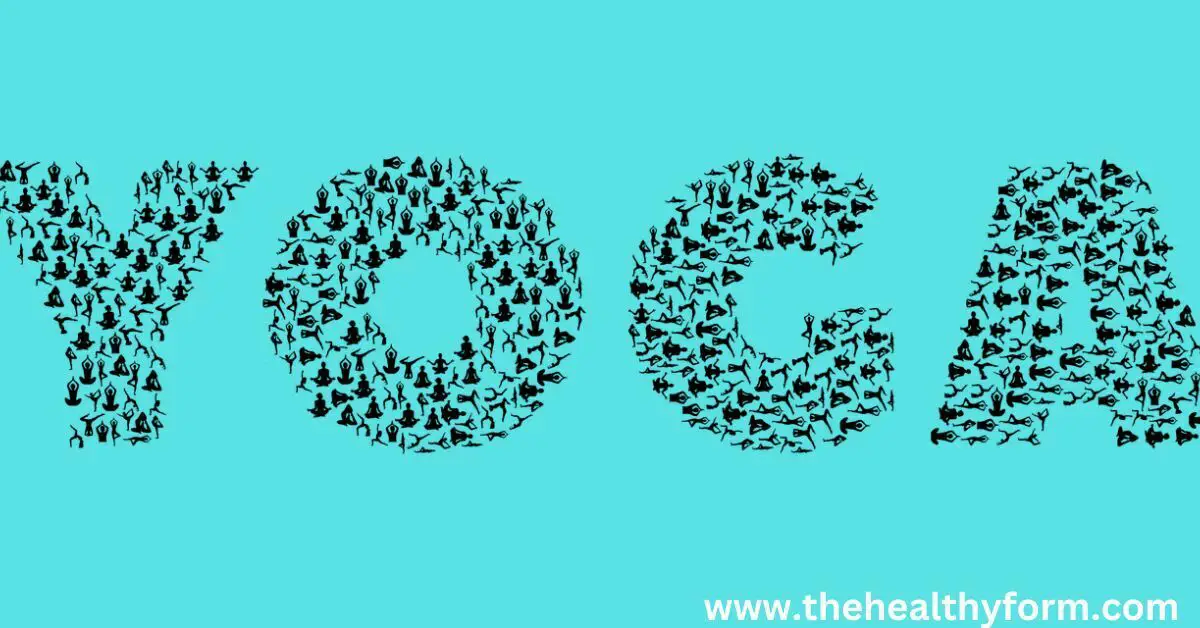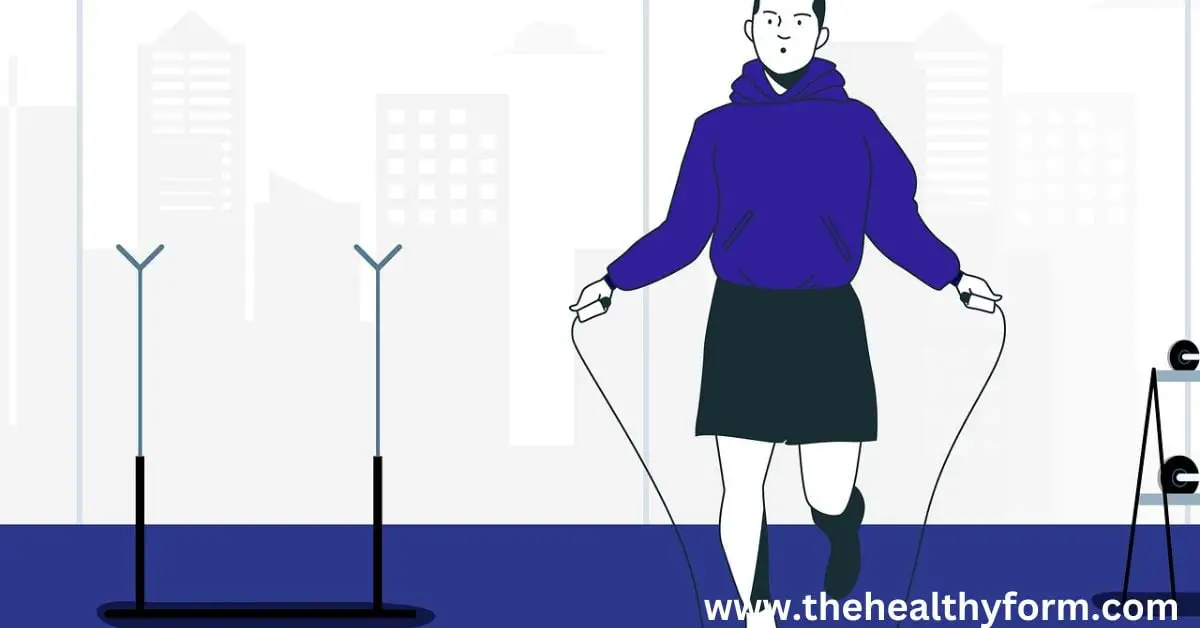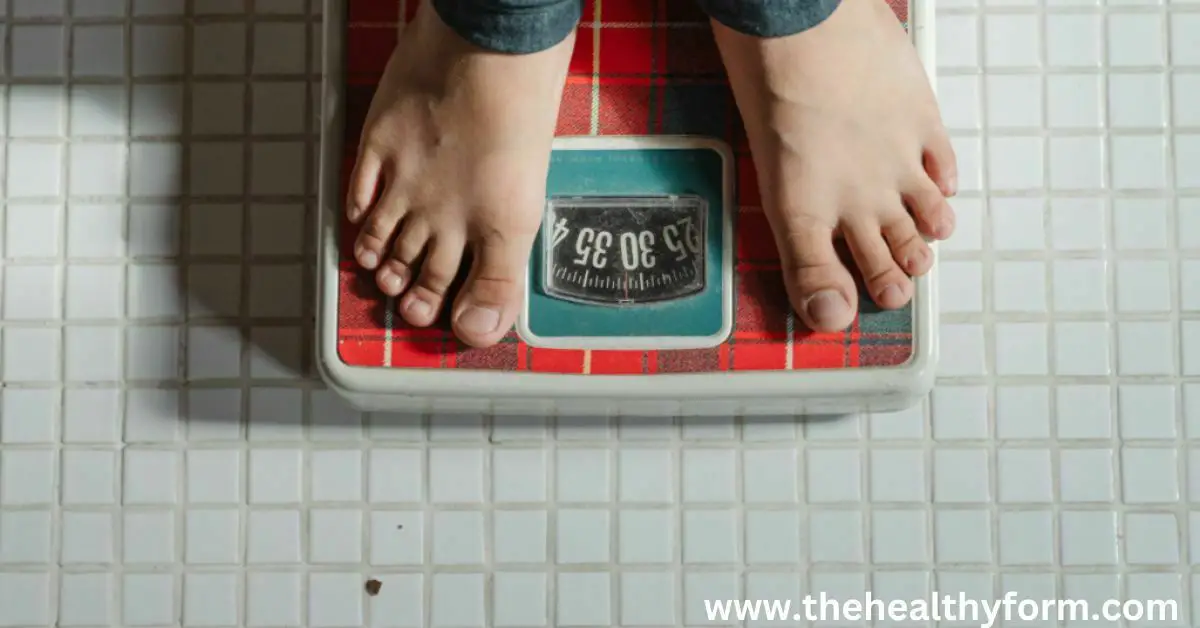How to Get Started with an Exercise Routine
Are you ready to take the first step toward improving your health and fitness? Starting an exercise routine can be intimidating, especially if you’re new to it. But with a bit of planning and motivation, you can easily incorporate physical activity into your daily routine and begin reaping the many benefits of regular exercise.
This blog will explore the best exercises for beginners, create a beginner’s workout plan, and motivate yourself to start exercising. We will also discuss finding the proper exercise routine for you, overcoming anxiety as a beginner, and setting realistic fitness goals.
So, let’s get started on your fitness journey!

What are the Best Exercises for Beginners?
When you’re just starting with an exercise routine, it’s important to choose activities that are manageable and enjoyable. This will help to ensure that you stick with it and continue to make progress. Some great exercises for beginners include:
- Walking or jogging: These low-impact activities are easy on the joints and can be done almost anywhere. Start walking or jogging for short distances and gradually increase the intensity and duration as you become more comfortable.
- Swimming: Swimming is a great full-body workout that is easy on the joints and provides a great cardiovascular workout.
- Yoga or pilates: These practices focus on stretching and strengthening the muscles, which can help to improve flexibility and balance.
- Resistance training: Resistance training, such as lifting weights or using resistance bands, can help to build muscle strength and tone. Start with light weights and gradually increase the resistance as you become more comfortable.
How to Create a Beginner’s Workout Plan?
Once you’ve identified the types of exercises that you enjoy, it’s time to create a workout plan. Here are some tips for getting started:
- Set a goal: Determine what you want to achieve with your exercise routine. Do you want to lose weight, build muscle, improve cardiovascular health, or reduce stress? Setting a specific, measurable, achievable, relevant, and time-bound (SMART) goal can help to keep you motivated and on track.
- Schedule your workouts: Choose specific days and times you will exercise and schedule them in advance. This will help ensure you stick to your plan and make time for physical activity.
- Start small: Don’t try to do too much too soon. Start with short, manageable workouts and gradually increase the intensity and duration as you become more comfortable.
- Mix it up: Try incorporating various exercises into your routine to keep things interesting and work on different muscle groups.
- Track your progress: Record your workouts, including the type of exercise, duration, and intensity. This will help you to see your progress and make adjustments as needed.
How to Motivate Yourself to Start Exercising?
One of the biggest challenges when starting an exercise routine is finding the motivation to get started. Here are a few tips for staying motivated:
- Find a workout buddy: Having someone to exercise with can help to keep you accountable and motivated.
- Set rewards for yourself: Celebrate your progress and accomplishments by setting small rewards, such as a new pair of workout shoes or a massage.
- Track your progress: Seeing your progress can be a great source of motivation. Record your workouts and feelings afterward to see how far you’ve come.
- Find activities you enjoy: Don’t force yourself to run daily if you hate running. Find activities that you enjoy, and that fit into your lifestyle. This will make exercise feel less like a chore and more like something you look forward to.
- Get a personal trainer or coach: If you’re struggling to stay motivated, consider hiring a personal trainer or coach to help you stay on track and reach your goals.

How to Find the Right Exercise Routine for You?
One of the key factors in sticking with an exercise routine is finding activities that you enjoy, and that fit into your lifestyle. Here are a few tips for finding the right exercise routine for you:
- Experiment: Try out different types of exercise to see what works best for you. Don’t be afraid to try new things and mix them up.
- Consider your goals: Consider what you want to achieve with your exercise routine and choose activities that align with those goals.
- Consider your current fitness level: Choose exercises appropriate for your current fitness level. If you’re starting, it’s important to start with low-impact activities and gradually increase the intensity as you become more comfortable.
- Consider your schedule: Choose activities that fit into your schedule and that you can realistically commit to. If you have a busy schedule, consider incorporating exercise into your daily routine, such as taking the stairs instead of the elevator or walking during your lunch break.
- Find a balance: Don’t put too much pressure on yourself to exercise several times weekly or achieve certain goals. Find a balance that works for you and allows you to enjoy the process.
How to Overcome Exercise Anxiety as a Beginner?
It’s common to feel anxious or self-conscious when starting an exercise routine, especially if you’re new to it. Here are a few tips for overcoming exercise anxiety as a beginner:
- Start with low-impact activities: If you’re feeling anxious about exercising, start with low-impact activities such as walking or yoga to help build your confidence.
- Find a supportive environment: Surround yourself with supportive people who encourage and motivate you. Consider joining a group fitness class or working with a partner to help build your confidence.
- Focus on the benefits: Remember why you’re starting an exercise routine in the first place. Focus on exercise’s positive effects on your mental and physical health.
- Please don’t compare yourself to others: It’s easy to compare yourself when starting an exercise routine, but it’s important to remember that everyone is at a different fitness level. Focus on your progress, and don’t worry about what others are doing.
- Seek professional help: If your anxiety about exercise is severe or is interfering with your ability to start an exercise routine, consider seeking professional help from a mental health professional.
How to Set Realistic Fitness Goals as a Beginner?
Setting realistic fitness goals is an important part of starting an exercise routine. Here are a few tips for setting realistic goals as a beginner:
- Start small: Don’t try to do too much too soon. Start with small, achievable goals and gradually increase the intensity and duration as you become more comfortable.
- Be specific: Make your goals specific, measurable, achievable, relevant, and time-bound (SMART). This will help you to stay focused and motivated.
- Track your progress: Record your workouts and how you feel afterward. This will help you to see your progress and make adjustments as needed.
- Please don’t be too hard on yourself: Being realistic about what you can achieve is important. Don’t put too much pressure on yourself to achieve certain goals or exercise several times weekly.
- Seek professional help: If you’re having trouble setting realistic fitness goals or are struggling to stick to your exercise routine, consider seeking help from a personal trainer or coach.
Conclusion
Starting an exercise routine can be intimidating, especially if you’re new to it. But with a little planning and motivation, you can easily incorporate physical activity into your daily routine and begin reaping the many benefits of regular exercise. Following the tips outlined in this comprehensive guide, you can find the right exercise routine, overcome anxiety, and set realistic fitness goals. So, start your fitness journey today and discover the many benefits of regular exercise!





